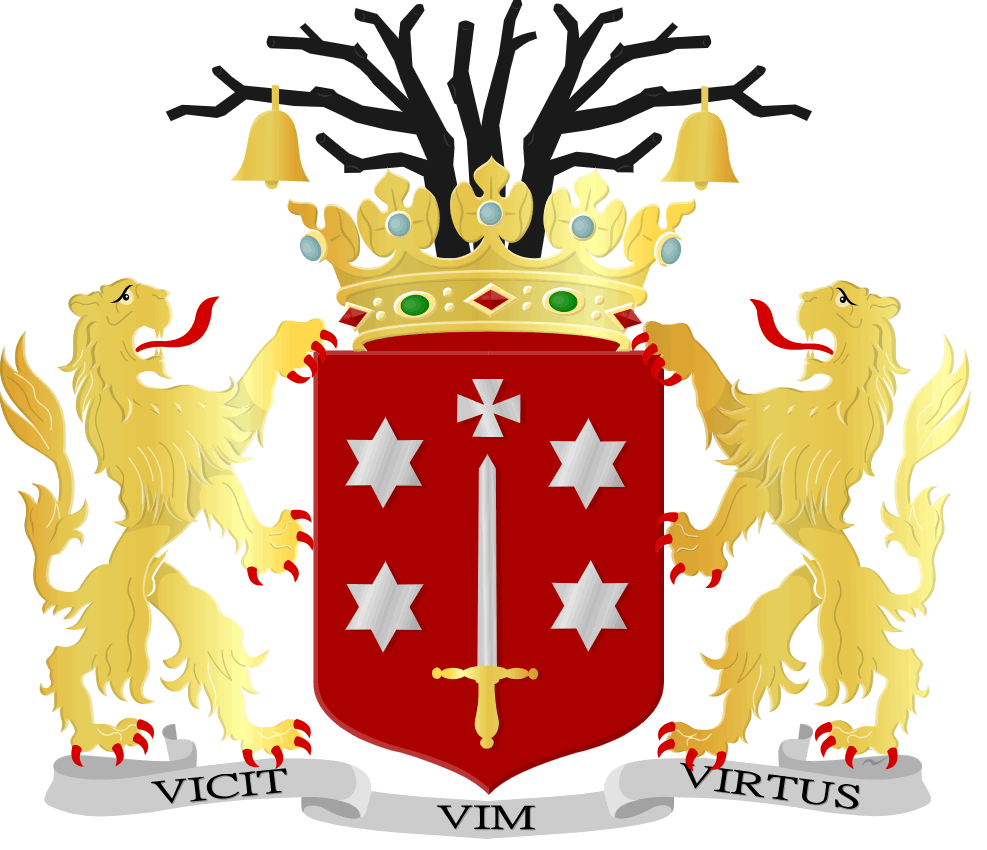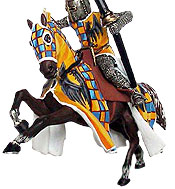
Haarlem originated as a settlement on the Spaarne river and developed along the route connecting the south and north. The city became the residence of the Counts of Holland. Count William II of Holland granted Haarlem city rights in 1245. Earlier in the century, between 1217 and 1219, a contingent of Haarlem citizens under Count William I took part in the Fifth Crusade with several ships. This is why the city's coat of arms still features a sword and a cross, commemorating the legendary exploits of these Haarlem crusaders during the siege of Damietta in Egypt (1218).
In 1429, the city was granted customs rights. Late medieval Haarlem was known for textile manufacturing, shipbuilding, and its many breweries. Its wealth came to an end due to a civil war similar to the German Bundschuh uprising, known as the "Hoekse and Kabeljauwse Twisten" (Hoekse and Kabeljauwse disputes), and the uprising of the cheese makers and bakers (Kaas- en Broodvolk). In 1573, after months of Spanish siege, the fortress fell to Don Fadrique (son of the famous Duke of Alba). After the Treaty of Veere, the Spanish withdrew in 1577, after Protestants and Catholics were granted equal rights. Flemish and French immigrants brought a new golden age to the city (linen weaving, as in Leiden).
In 1658, the Dutchman Petrus Stuyvesant founded Nieuw Haarlem on the east coast of North America. Later, Nieuw-Haarlem became part of the city of New York as the borough of Harlem.
In the 19th century, the city fortifications were demolished and turned into a park. In 1839, the first Dutch train ran between Haarlem and Amsterdam.
In 1927, the municipality of Schoten was incorporated. Parts of the municipalities of Bloemendaal, Haarlemmerliede en Spaarnwoude, and Heemstede were also incorporated. This made Haarlem the fifth largest city in the Netherlands after Amsterdam, Rotterdam, The Hague, and Utrecht.
After the invention of the printing press, in whose early days Laurens Janszoon Coster from Haarlem played an important role, Haarlem gained a lasting reputation as a printing city. The oldest daily newspaper is still printed in Haarlem. In 1656, de Oprechte Haerlemse Courant was published for the first time, which today operates under the name Haarlems Dagblad. The Johan Enschedé company is a well-known specialist printing company that also produces banknotes and identity documents for other countries. In addition, the city has a tradition as a city of writers.
Source: https://de.wikipedia.org/wiki/Haarlem

